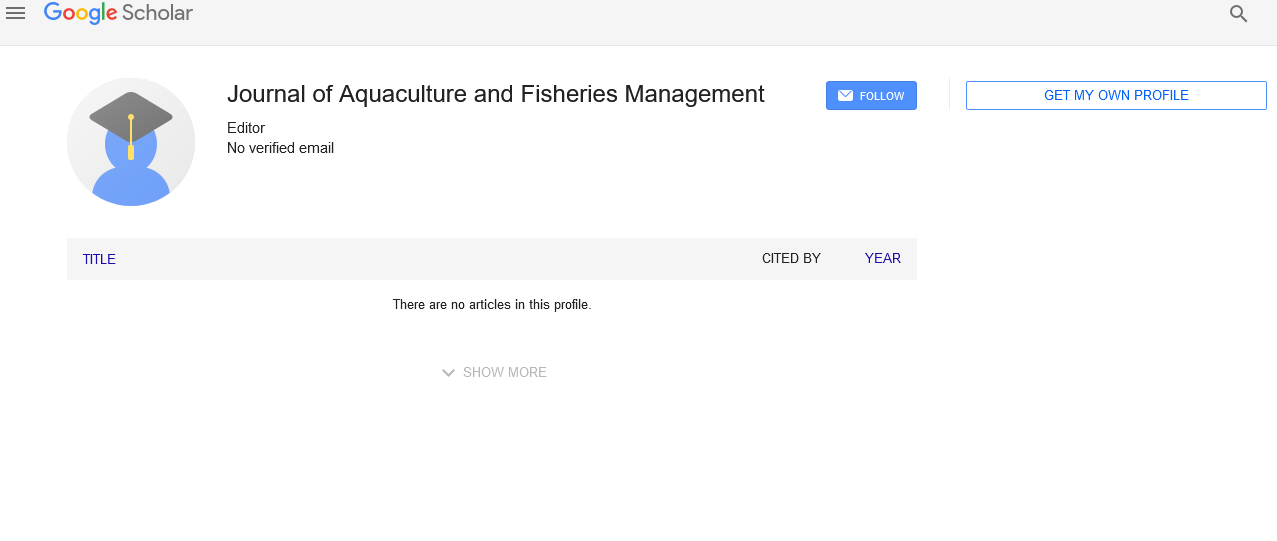
Sign up for email alert when new content gets added: Sign up
Abstract
Characterization of fish behavior in earthen fish pond with a mechanically scanned imaging sonar
Author(s): Wen-Miin Tian Fish behavior holds important information of the living quality. From the spatial ecology view point, adequate technological solutions for fish behavior investigation should highlight four crucial observational challenges, i.e., detectability, spatial coverage, temporal repetition rate and temporal coverage. A mechanically rotated, acoustic-based surveying system (i.e., mechanically scanned imaging sonar) with point- fixed deployment configuration was adopted and implemented. In the current investigation, acoustic image frames with range setting at 5 m (an analysis window of 79 m2), temporal repetition rate of 30 sec per frame were collected in a milk fish pond which lasted for four hours and covered daylight (with feeding), twilight and night photoperiods. Based on spatial and temporal analyses on position, abundance, trace length and aspect angle of individually discriminated fish targets, it was concluded that averaged fish count per image frame is 18.7 ± 6.0. Temporal variations of both fish count and averaged swimming speed are evidently distinguishable among photoperiods and a tight correlation of fish behavior with the ambient light cycle. Fish movement behavior in the scanned area (analysis window) followed two strictly distinct patterns, i.e., a structured movement pattern (i.e., circling or milling at the analysis window) and an unstructured movement pattern (i.e., holding or erratic). Biophysical coupling investigation illustrated that fish with holding or erratic movement characteristics are strictly correlated with substrate features such as earthen mounds. Spatial distribution characteristics at specific temporal periods varied from a dispersed state with relatively slower swimming speed in daylight period to a relatively gathering distribution state with faster speed in night period.




